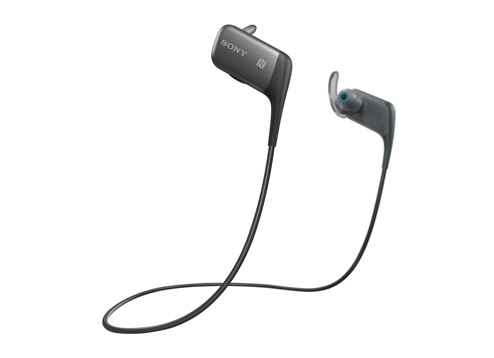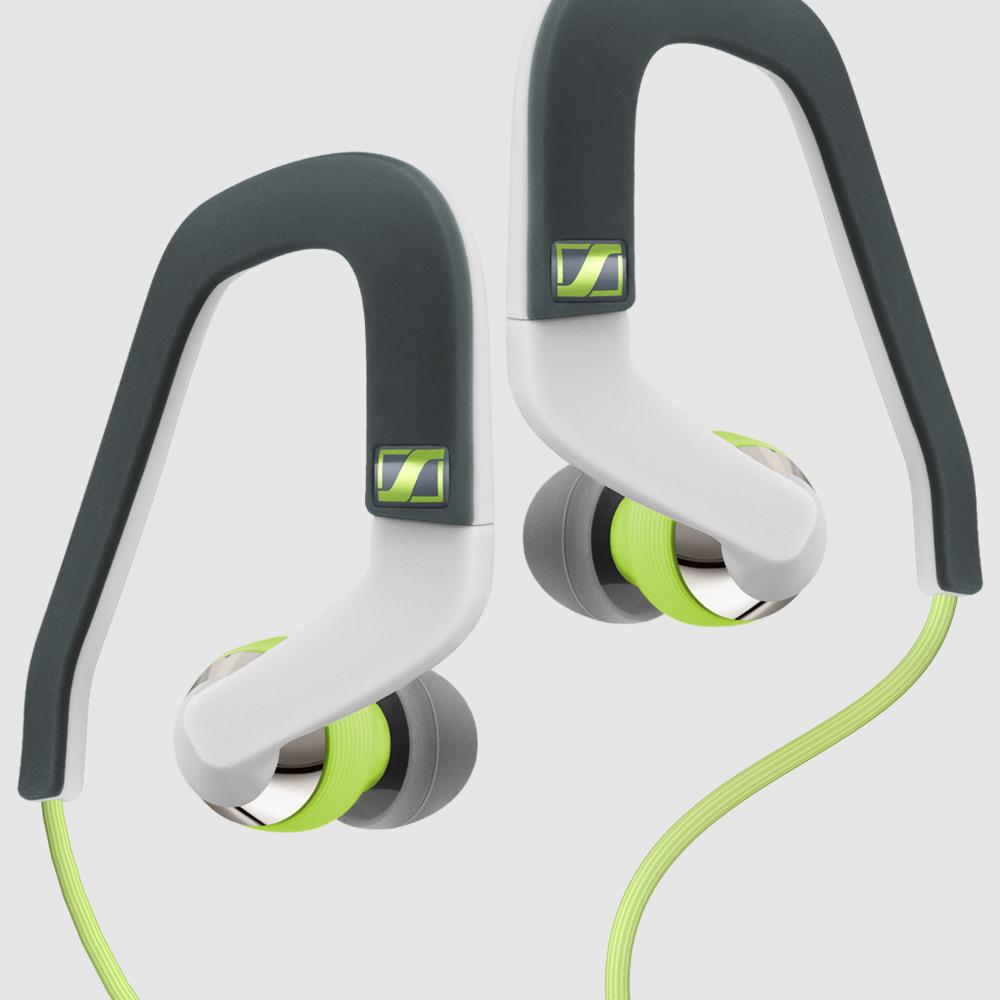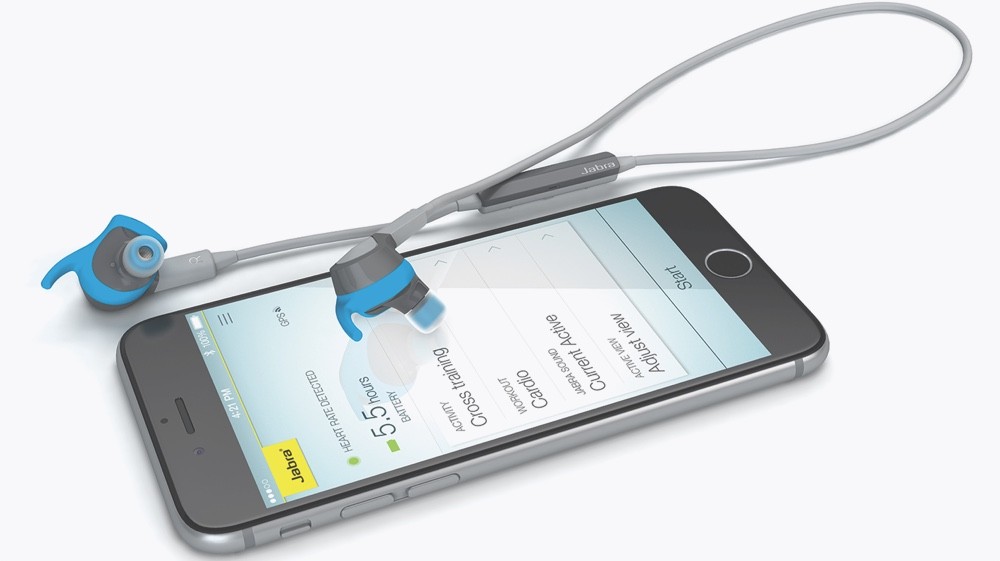 They may be just small speakers for your ears, but there’s a dizzying array of headphones out there. From on-ear, to over-ear and ear buds, to wireless, there are all kinds of different specialized headphones available to consumers.
They may be just small speakers for your ears, but there’s a dizzying array of headphones out there. From on-ear, to over-ear and ear buds, to wireless, there are all kinds of different specialized headphones available to consumers.
Recently a new category of headphones has emerged: Sports headphones. Let’s take a look at what they’re designed to do and the special features that makes them perfect for athletes and active types.
What are ‘Sports’ headphones?
There’s not much mystery in buying a Sports headphone; for the most part, the word will appear prominently on the package. Sports headphones are made to adapt to many active situations, and often have the following characteristics:
-water/sweat resistance
-cushioned foam holding earbuds in, or clips, loops or bands that can help keep headphones from falling out of/off of your ears
-noise cancellation/sound isolation
-wireless options
Water/sweat resistance
 Sports headphones are often water or sweat resistant, making them more durable for things like outdoor training or running in the rain, or just working up a mighty sweat.
Sports headphones are often water or sweat resistant, making them more durable for things like outdoor training or running in the rain, or just working up a mighty sweat.
Headphones like the Monster iSport are made of special materials which keeps water from entering the foam or rubber, meaning you get a good seal, and they can be washed of ear wax too when needed.
Good grip
Headphones designed for runners and athletes are all about staying in place during your activity. Whether it’s cushioned foam holding earbuds in, or clips or bands like Sennheiser’s OCX model that can help keep things steady, if your primary use for headphones is sports, you’ll want to be sure they come with the ability to hold them securely.
From there, it’s a matter of preference; will loops over your ears annoy you? Go for a tight fitting in-ear model. Find having something crammed in your ear canal off-putting? Try out a set with a soft rubber hook.
Noise cancellation
Noise-cancelling headphones use one or more tiny microphones to ‘hear’ sound around you and block it out. Technically speaking, outside sounds are monitored, then electronically phase-reversed and reintroduced into the output of the headphones, thereby cancelling out the original sounds. (Phew! Science!) Sony’s h.ear in-ear headphones reduce ambient noise, while 9mm drivers support good quality audio and can deliver sound from deep lows to balanced highs.
 Sound-isolation
Sound-isolation
Sound-isolating headphones use fabric, foam or other material to create a barrier between your ear and the sounds of the world around you. Since they often fit snugly inside your ear canal, most in-ear headphones are sound isolating, but a good pair of over ear headphones can also do the same thing. Panaonic’s Ergo Fit is a good example of a sound-isolating sport-ready headphone.
Wireless
Having headphones without wires makes it easy to stay focused on a workout, or bike ride. Bluetooth sports headphones, like the Beats by Dre Powerbeats mean no cables to constantly flap into your face, get tangled in your arms or with your water bottle, or to get caught in the machines.
Controls for these phones are often built into the earpiece or into a cable that wraps around the back of your head. After going wireless a couple years ago, I can’t hit the gym with regular wired headphones now; I find it just too annoying.
Special features found in sports headphones
Sports headphones also come with other special features designed to help you with your workout, either by motivating you, or measuring things like heart rate via your ear canals.
Biometrics
If you’ve ever used a heart rate monitor or fitness band, you know it can often be helpful to know your heart rate. Biometric headphones, like SMS Biosport skip the extra gadgets, and monitor your heart rate by taking your pulse directly from your ears while you listen to music. It works by (Hey! More science!) using a built-in optical sensor that measures blood flow changes through the capillaries in order to provide heart rate monitoring, without wires or needing other gadgets. Some models of biometric headphones can even verbally share your numbers via the headphones.
Underwater Use
Hard to find but worth the search if you’re a swimmer, fully immersible headphones allow you to enjoy music while you’re swimming laps, or sitting in a hot tub. This type of headphone can be immersed several feet without problem and create a strong seal to prevent water seepage.
Coaching help
Some sports headphones today can now also act as a personal trainer for you. Some, like the Jabra Sport Coach bluetooth headphones have workouts, warmups or motivational messages you can use to keep the workout going, or inspire new training plans.
Microphones and controls
Microphones are a handy add-on to sports headphones in particular. It means that if you get a call while working out, you can connect and talk with the touch of a button; no need to strip off your headphones and dig for your phone. Controls are usually found on the cable that connects to your smart device, or on one earpiece, if you go the wireless route.
While the options can seem overwhelming, it’s usually best to pick one or two features that will be must-haves for you, then shop around and do some online research to see if you can get both the features you want in one device. Right now my go-to sports headphones are the Jabra Sport Coach (noted above); they’re wireless, they give me extra motivation, they sound great, and they block out all ambient noise so I can focus on my workout.



